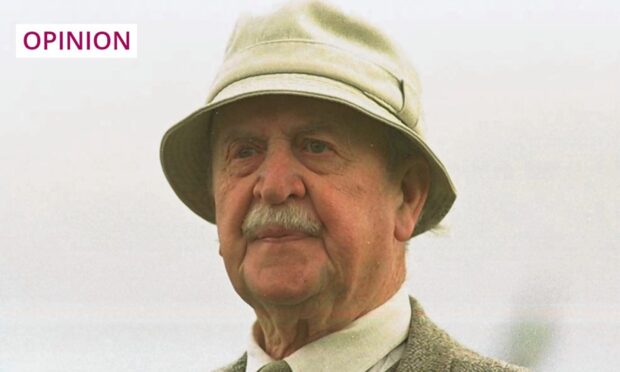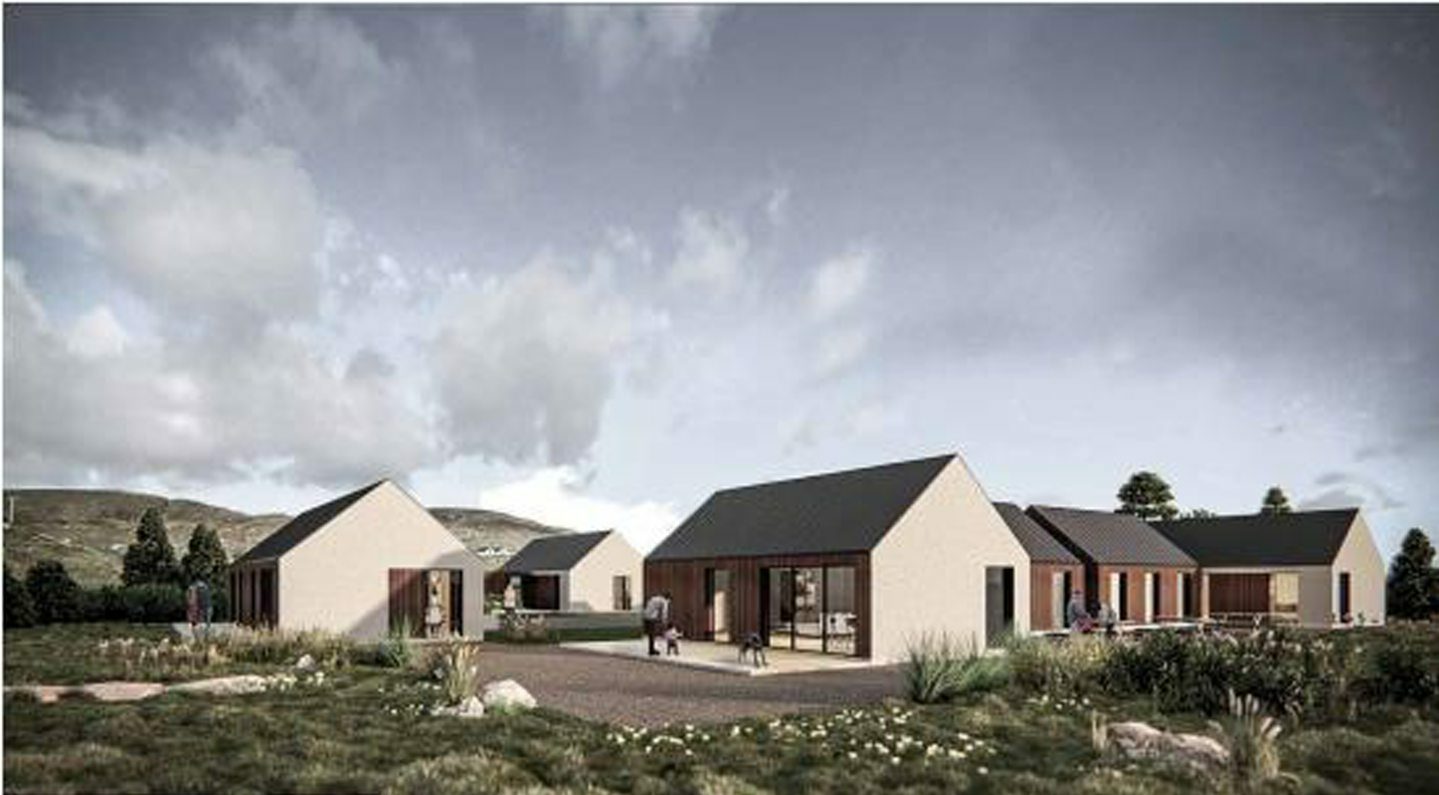I recently came across a splendid, crackly video on the internet of the great poet Sorley MacLean reading his poems in Canada.
I think it was recorded in the 1980s, or perhaps in the early 1990s, when Sorley was reading at St Francis Xavier University in Antigonish, Nova Scotia. My thanks to whoever captured the wonderful reading, and to the university for sharing it with us.
I knew Sorley well, and miss him terribly. I miss seeing him on Wentworth Street in Portree when I visit that capital, and miss seeing him at the shinty, and miss his phone calls. When my phone rings (my home one, I mean, for these were the pre-mobile days) I still hope it’s Sorley at the other end asking: “Ciamar a tha thu, Aonghais?”
But his voice lives on, not just in memory, but in the pages of his magnficent poetry: Coilltean Ratharsair (The Woods of Raasay); Gaoir na h-Eòrpa (The Cry of Europe); An Roghainn (The Choice); Coin is Madaidhean-allaidh (Dogs and Wolves); Camhanaich (Dawn); Reothairt (Spring Tide); Uamha ’n Òir (The Cave of Gold); Hallaig, and so many more.
It’s a joy to see him reading some of these again on the Canadian video. As Seamus Heaney so eloquently put it after he heard Sorley reading his poetry in the original Gàidhlig in Dublin: “Hearing Sorley read in Gaelic had the force of revelation: the mesmeric, heightened tone, the weathered voice coming in from a far place; the swarm of the vowels; the surrender to the otherness of the poem; above all the sense of bardic dignity that was entirely without self-parade but was instead the effect of a proud self-abnegation, as much a submission as a claim to heritage.
“All this constituted a second discovery (over and above the ‘meaning’ of the poems themselves), this time of the true climate of his linguistic world.”
It’s so beautifully put by Heaney: the way in which Sorley’s poems were totally rooted in the language of his childhood, the environment of his place and people. Dùthchas in Gàidhlig.
The beauty of indigenous understanding
What I like about the video recording of Sorley is not just his marvellous reading of the poems, but his informative introductions to them. I was particularly taken by the reference he made when introducing his great poem (his masterpiece) Hallaig.
In the video, Sorley goes out of his way to tell the audience the true meaning of the word “Clachan” – the name of one of the villages in Raasay, which is mentioned along with others in the poem. The word is commonly (and mistakenly) put into English as “village”.
Here’s what Sorley himself says: “A clachan – a lot of people think it’s any Highland village, but no – it’s the village with the old church, and hence the old churchyard.
“It’s Scotticised as ‘Kirkton’ in a lot of places – there is a Clachan of Lochalsh (An Clachan Aillseach) that they call Kirkton, a Clachan of Glendale, just as there’s Kirkton of Glenisla and so forth…”
The heartbreak of the tale being eviction, clearance, emigration and the emptying of the place of people, their language and culture
Now, because of Sorley’s true understanding of the meaning of the word (name) Clachan, the verses in Hallaig where he mentions it are given added depth and poignancy:
“Between the Leac and Fearns
the road is under silent moss
and the girls in silent bands
go to Clachan as in the beginning,
and return from Clachan
from Suisnish and the land of the living;
each one young and light-stepping
without the heartbreak of the tale.”
The heartbreak of the tale being eviction, clearance, emigration and the emptying of the place of people, their language and culture.
And Sorley’s indigenous understanding of the word Clachan gives him the freedom and courage to call the memory of these young women “a congregation”:
“From the Burn of Fearns to the raised beach
that is clear in the mystery of the hills,
there is only the congregation of the girls
keeping up the endless walk…”
What is a Smart Clachan?
Meantime, in this year of grace of 2023, out in my native Uist there is a plan underway to build what is called a “Smart Clachan”. This much-needed housing project is a cooperation between Rural Housing Scotland and the local community owned Stòras Uibhist company.
It’s interesting to read Rural Housing Scotland’s definition of a clachan. On its website, the charity asks the question: “What is a Smart Clachan?” and then gives this answer: “A clachan is a traditional Scottish hamlet consisting of a few houses, with farm outhouses such as byres and barns, and kailyards, walled areas for growing vegetables. Clachans were close knit communities often working cooperatively on shared land.”
What? No kirk, or kirkyard? What would Somhairle say? When does a Clachan become so “Smart” that it leaves out what made it a Clachan in the first place? Historical revisionism or cultural appropriation, anyone?
Angus Peter Campbell is an award-winning writer and actor from Uist


Conversation